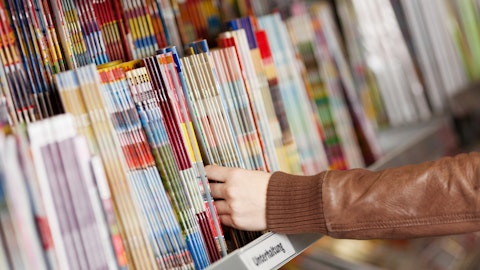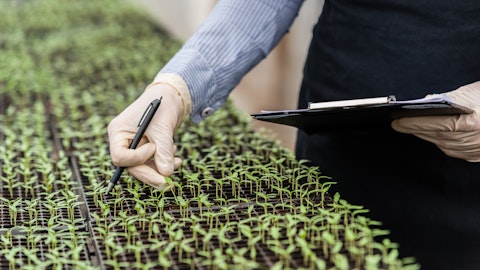Traveling can be very stressful sometimes, but if you choose to travel to one of these cleanest countries in the world, at least you don’t have to worry about catching some nasty disease while you explore new destinations. I’ve traveled to various countries in Europe and Asia as well, and I realized how great is when you find yourself in a clean city with trash bins on every corner. One question which I always ask the locals is whether tap water is safe for drinking. When the answer is yes, it means that if you order a squeezed juice at the restaurant, you don’t have to think are they going to use tap water or not while making it and are you going to catch some bacteria if the water is not drinkable. It also means that you are going to save some money by not buying water every day. On our list of countries with the cleanest tap water, you can see some of the countries where tap water is (more than) safe to drink.
Air pollution is another factor that influences how clean is certain country. Quality of air in one country is affected by a couple of factors such as population density, laws and regulations on air pollution as well as areas covered by forests. Speaking of clean air, we’ve compiled a list of the countries with the cleanest air in the world and it comes as a no surprise that some of the countries from this list will appear on the list of cleanest countries in the world.

Chinnapong/Shutterstock.com
Researchers at the Yale Center for Environmental Law & Policy (YCELP) together with their colegues from Columbia University ranked various countries in their Environmental Performance Index Report, according to their performance regarding high-priority environmental issues. They used 25 indicators such as water and air quality and greenhouse gas emissions. It comes as a no surprise that the poorest performing countries (hence dirtiest countries in the world) if you classify it according to the Environmental Performance Index are located in Asia and Africa. The cleanest country in Asia is Japan, which ranks as 39th according to EPI while the cleanest country in Africa is Tunisia, ranked as the 53rd country on the list. As for the title of the “cleanest country in the world 2016” (since those are the latest available data) and to which country it goes you will have to wait a little bit more.
In this article, I’m not going to write about top 100 cleanest countries in the world, not even about top 50 cleanest countries in the world. What I want to discuss here is not quantity, but quality. That’s why only 16 of those cleanest are on this list. How I made it, you are wondering? Well, first I checked Forbes’ article on cleanest countries in the world. However, this article was published in 2010, and I assumed that things changed since then. So, after an extensive search, I managed to find Environmental Performance Index Report, already mentioned above, and to use it for my list. It was my only source of information, because, to my knowledge it is one of the rare sources on that subject that is available online, and has scientific, comprehensive and accurate data. Majority of other reports and lists on this topic do not have the scientific background, or they simply use data based solely on people’s opinions. Researchers at Yale and Columbia covered all in their EPI report, from causes of pollution to factors affecting the “cleanliness” of a certain country. So, countries on this list are ranked according to their EP Index, starting with the one with lowest values. Be ready to be surprised. Honestly I expected that the list of 16 cleanest countries in the world will look a little bit different.





